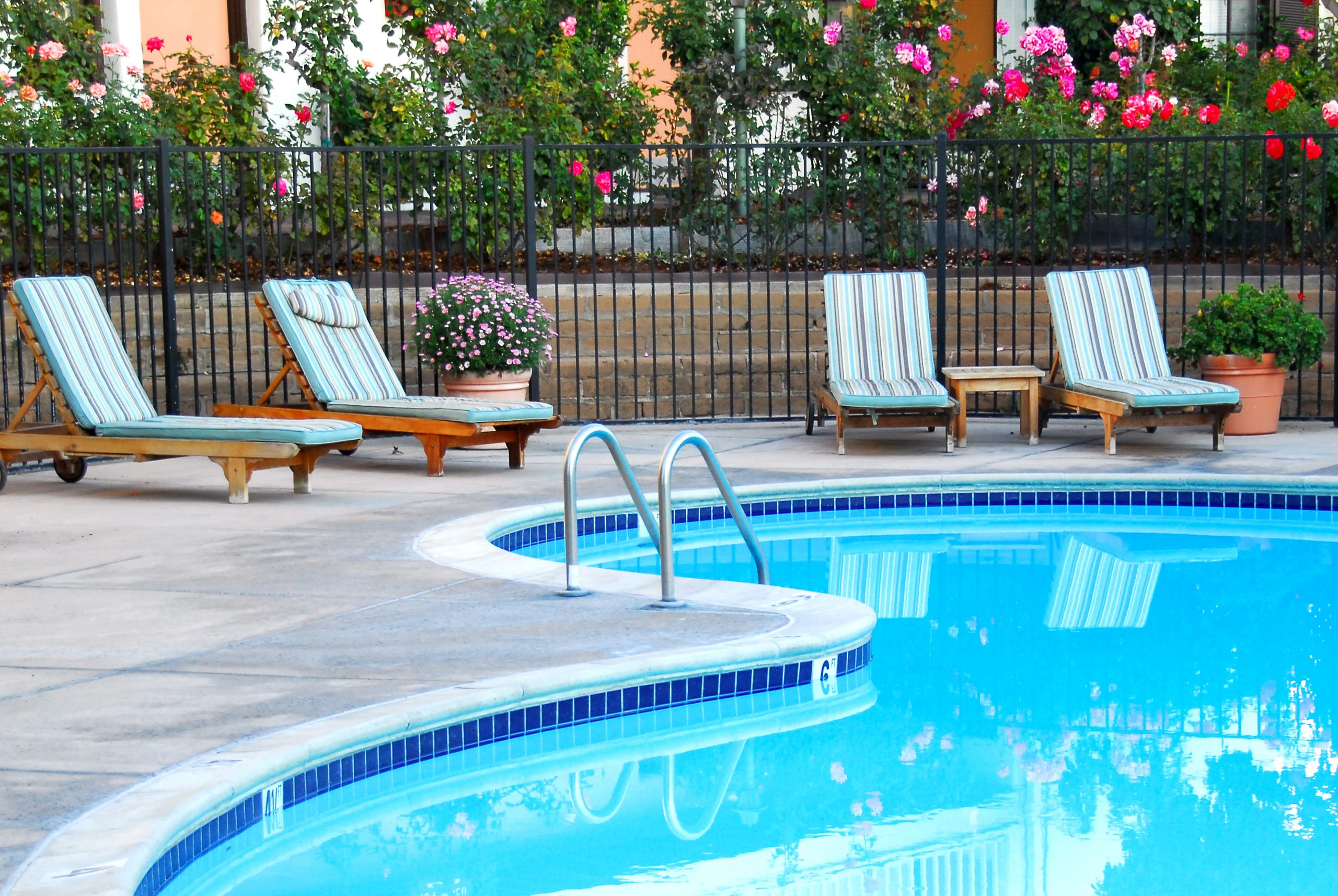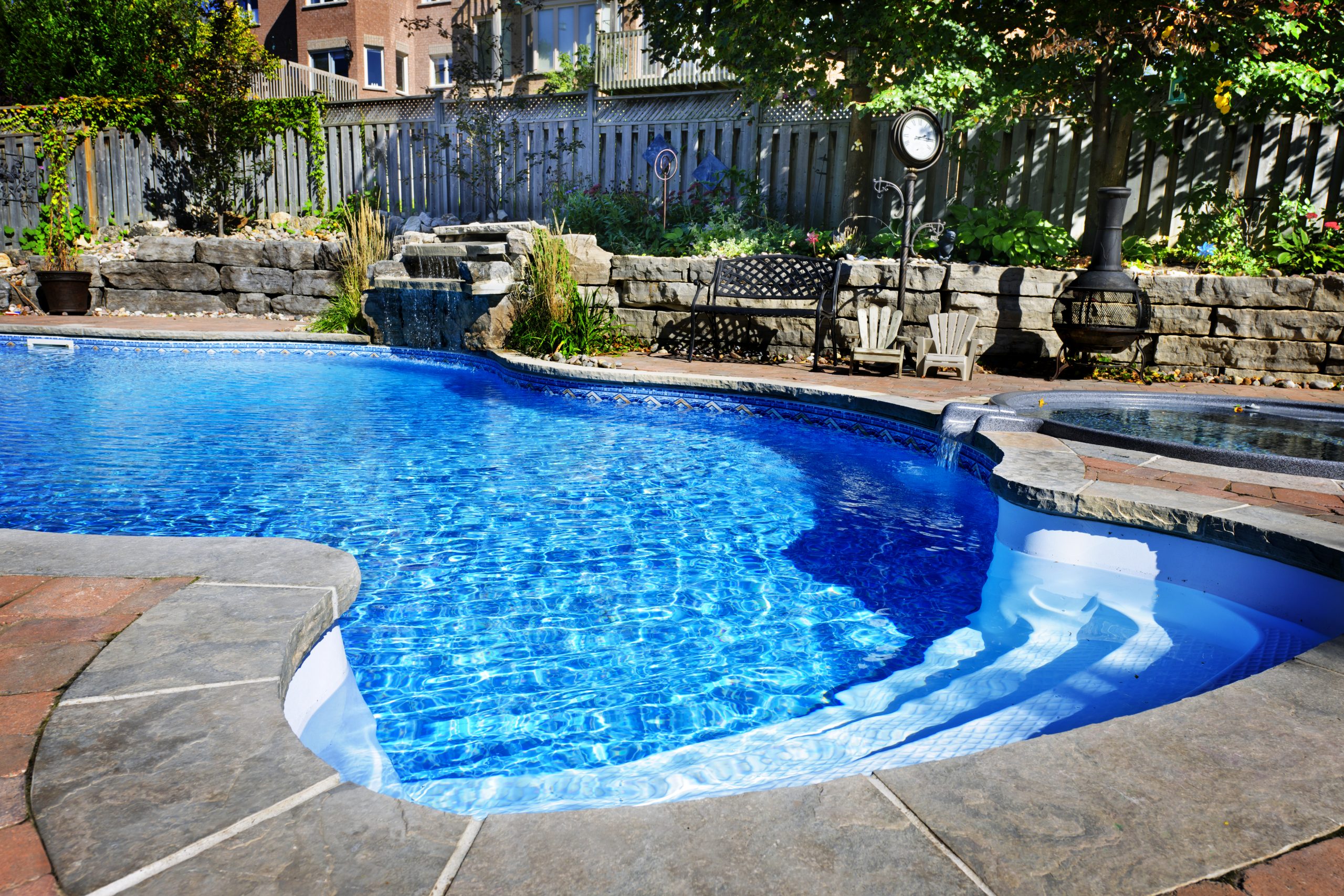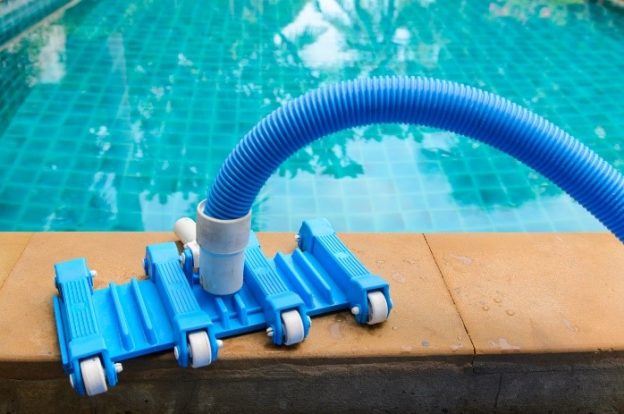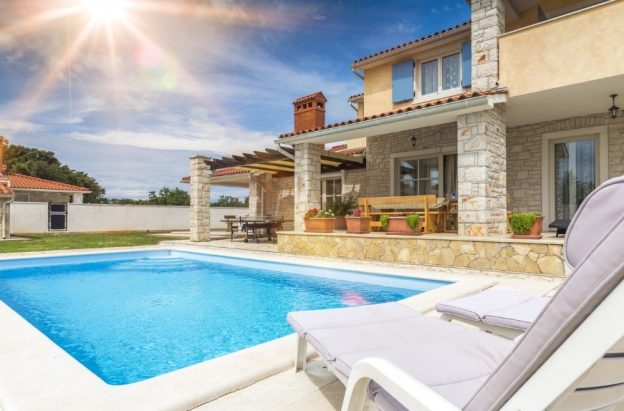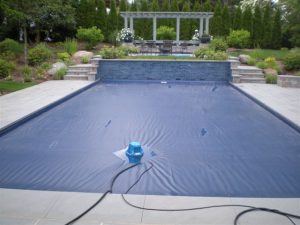Get the answers you need about pool liners here. If you have any additional questions, contact our pool maintenance company.
What is a pool liner?
A pool liner is a layer of resilient vinyl or another syntenic material that helps protect the floor and walls of your pool and also helps prevent leaks. They are typically applied to in-ground and above-ground pools during the installation process, but they must be replaced eventually.
When should a pool liner be replaced?
With careful maintenance, you’ll only need pool liner replacement in Missouri every 12 years or so. However, this time frame varies based on weather conditions, the chemicals used, and other factors. If you notice your liner is significantly faded in certain areas, looks wrinkled, or you suspect a leak, you likely need to call a pool repair company for a replacement.
How thick should my pool liner be?
Most pool liners are about 20 mil thick. Thicker liners are more damage-resistant and last longer, but they are also more expensive. You should shop around to determine the best option for your pool.
Are dark or light pool liners better?
Dark and light liners each have advantages and disadvantages, so it is a matter of preference. Dark liners tend to keep your pool warmer and hide debris better, but any discoloration from sun exposure or chemicals will be more noticeable. Light liners keep your pool cooler and resist discoloration better, but debris will be more noticeable.
How do I find a reliable team for above-ground pool liner replacement near me?
Do your research, whether it’s online or by talking to your neighbors. Keep in mind that a good pool liner replacement company will have extensive experience working with a variety of different pool types. When you contact them, they should be able to answer any liner questions you have easily.




